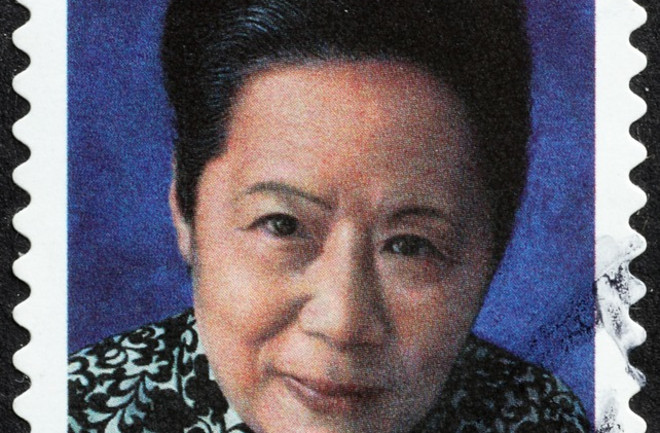May is Asian/Pacific American Heritage Month, also referred to as Asian American and Native Hawaiian/Pacific Islander (AANHPI) Heritage Month, a time to recognize and celebrate notable members of the AANHIP community. While their accomplishments are remarkable anytime of the year, AANHPI Heritage Month is an excellent time to learn about and reflect on the achievements of these five scientists.
1. Roseli Ocampo-Friedmann — Microbiologist and Botanist
Roseli Ocampo-Friedmann is known for her study of extremophiles — organisms that survive and thrive in extreme environments. Along with her co-researcher and husband, Imre Friedmann, she discovered over 1,000 microorganisms living in seemingly unsurvivable environmental conditions. Some of these organisms were cryptoendoliths — microbial ecosystems which exist inside porous rocks in the Antarctic desert.
In 1976, NASA referenced her published findings in their quest to determine if life was possible on Mars, believing cryptoendolithic-like microorganisms might have previously existed there due to the fact that the McMurdo Dry Valleys — where researchers first discovered them — are regarded as the closest environment comparable to Mars.
Read More: Studies of Blue Marble Helps Findings on Red Planet
2. Tetsuya "Ted" Fujita — Meteorologist
Japanese-born meteorologist Ted Fujita is best known for creating the F (Fujita) scale to measure tornadoes. After finishing his doctorate in Japan, he was invited in 1953 to work at the University of Chicago — and he continued his research there until he retired in 1990. Most of his research centered on tornadoes, and by 1971, he created a classification system for these weather events.
Before the F scale, meteorologists didn't differentiate tornadoes from one another in terms of strength. Fujita's system categorizes a tornado based on wind speed and the damage it causes. His hand-drawn maps and diagrams of tornado paths are prized to this day, and his contributions to the field of meteorology are almost unmatched. He also discovered the weather phenomena known as microbursts and downbursts. In 2007, the Enhanced Fujita (EF) Scale replaced F Scale. The updated system reflects more standardization and considers more variables in assessing the damage.
3. David T. Wong — Biochemist
Born in Hong Kong in 1935, Wong was expected to follow his father, a machinist, in the family business. But he wasn't suited for it, as he was more interested in studying and reading. After coming to the U.S. to complete his undergraduate and graduate education, he joined Eli Lilly as a researcher.
His work as a biochemist and neuropharmacologist led him to co-discover several groundbreaking medications. The most revolutionary among them was Prozac (also known as fluoxetine). At the time, this was a trailblazing new treatment for depression and the first of what would become known as selective serotonin-reuptake inhibitors (SSRIs).
4. Chien-Shiung Wu — Nuclear Physicist
Often referred to as "The First Lady of Physics," Chien-Shiung Wu was a trailblazing experimental and particle physicist. She was the first female faculty instructor at Princeton University in the 1940s, which was then still an all-male institution. She went on to work and teach at Columbia University until the government recruited her for the Manhattan Project — where her work focused on the enrichment of uranium and the detection of radiation.
Following World War II, she researched Enrico Fermi's theory of beta decay; one of her most significant physics contributions was being the first person to confirm Fermi's theory in 1956. The recipient of many awards and honors, she was the first living scientist to have an asteroid named for her, and was elected as the first female president of the American Physical Society.
5. Eric Yuan — Zoom Founder
Believe it or not, Zoom was founded from a daydream. While in college, Zoom founder Eric Yuan would commute via a 10-hour train ride to see his girlfriend (now wife). While on the train, he often imagined an easier way to "visit" with her. To pursue his dream, Yuan decided to immigrate to the U.S.
Refusing to give up after having his visa applications denied many times, Yuan was finally able to immigrate to the U.S. in 1997. It was his ninth attempt. After joining Webex as a software engineer, he eventually became their engineering group's leader. But he recognized problems with Webex's video convention services.
Yuan believed it was possible to provide a better, more modern service. This led to the creation of his own company, Zoom, a competitor to his previous employer. As of 2023, Zoom has 300 million daily active users. In 2020, Yuan was among the "Time 100 Most Influential People" and named the "Time Businessperson of the Year."
Read More: Meet 10 Women in Science Who Changed the World

